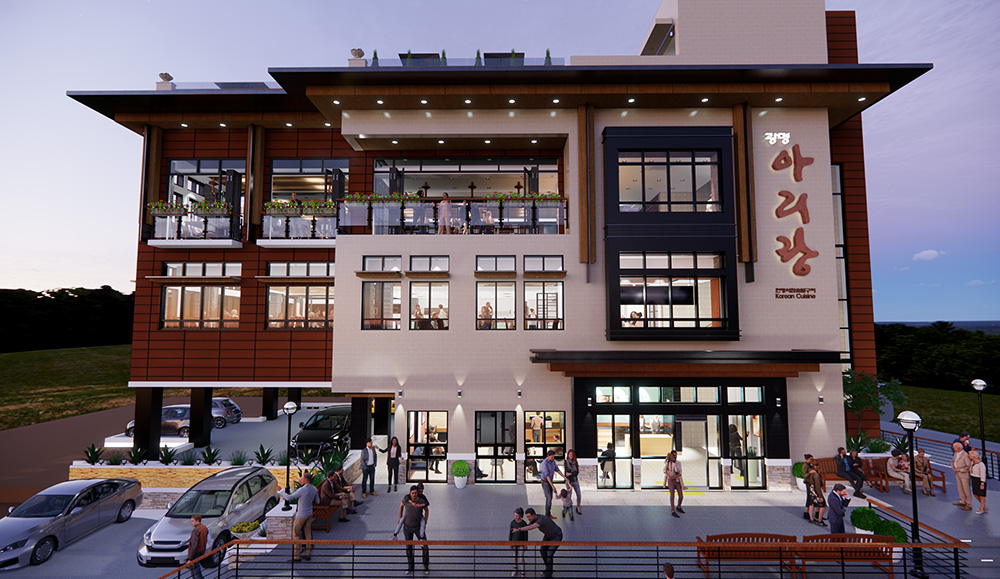The Anacostia Library
2014. 9. 18. 21:06ㆍ00 친환경 디자인 (Sustainable Design)
The Freelon Group Architects
The Anacostia Library creates a civic building of which area residents can be proud. A variety of spaces to meet a wide range of community needs are in the new facility. Spaces include a large public meeting room (for approximately 100 people), two smaller meeting rooms, a children’s program room, as well as smaller rooms for group study and for tutoring. There are shelving areas for print and non-print materials for all ages. Multiple points of access to virtual spaces through the public PCs and wireless access are included.
Architect: The Freelon Group Architects
Location: Washington DC, USA
Project Area: 22,000 sqf
Photographs: Mark Herboth
The children’s area has areas (including collection and seating) dedicated to various age groups (five and under, beginning readers and elementary age). There is a distinctive area for young adults to meet and to learn. Adults have their own reading areas, online access area and a large collection of materials.
site plan
The Anacostia Library has a larger share of the library space devoted to children’s services than in other branches, because its service area has more children than in other DC neighborhoods—both in numbers and as a percentage of the population. In addition to online access for children, there is a large collection of print and non-print resources (CD books, DVDs and mixed-media kits) for children from birth to age twelve. Children’s librarians provide regular story programs in which they model behaviors and reader’s advisory services to children and their caregivers to encourage reading and early literacy.
Sustainability
This project has targeted LEED Silver certification. The various energy and lighting strategies have resulted in an estimated 22% energy savings. As a public library, the design team saw the project as an opportunity to utilize sustainable features as a teaching tool for the community. The significant bioretention pond is designed as an inhabitable and highly visible feature of the site and includes a permanent descriptive display. Both interior and exterior water use reduction measures have been employed along with associated teaching tools. Underfloor air distribution is being utilized for both its efficiency in conditioning high-ceiling spaces as well as its level of interaction with users through controllable systems. Daylight harvesting will be a noticeable and salient feature of the reading room experience. Hot water is being provided through a rooftop solar hot water heating system. Selection and development of this brownfield site was also critical in achieving sustainability goals.
'00 친환경 디자인 (Sustainable Design) ' 카테고리의 다른 글
| District of Columbia Public Library / The Freelon Group Architects (0) | 2014.09.22 |
|---|---|
| Okanagan College Centre (0) | 2014.09.20 |
| Great Ape House / Hascher Jehle Architektur (0) | 2014.09.17 |
| Park Hotel (Modern Indian Palace by SOM) (0) | 2014.09.15 |
| Sustainalbe design- Selected (0) | 2014.09.15 |









